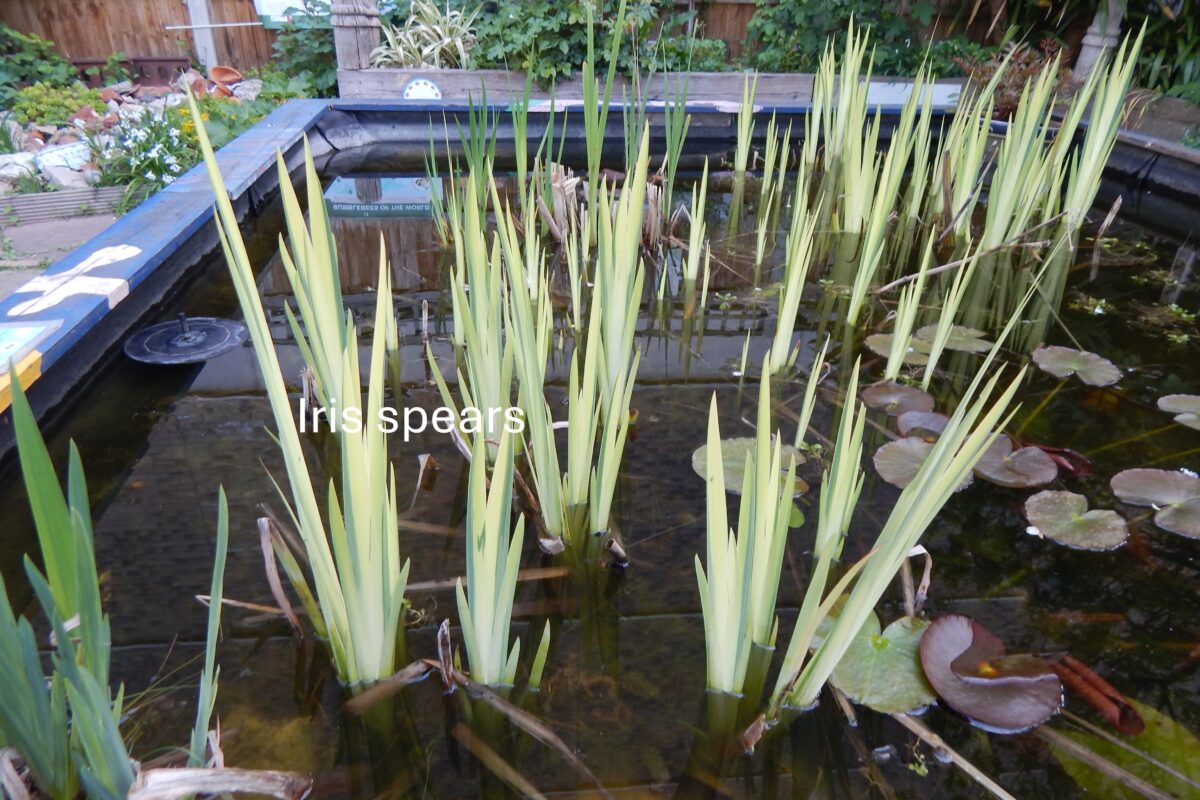The Cherry blossom has gone from our two large cherry trees. First on the white blossomed tree where it had come earlier and then on the pink blossomed tree. The fall on the pink tree was like snow. Outside the garden, under the tree, was a large pool of blossom. I saw it at 7.30 one morning, a pristine, pinky white, large puddle of it. Passers by were looking at it in awe, some taking photos. Then about 11 am when I was out again, I saw that the puddle of pinky white blossom had been trodden into the pavement, the petals now a smeared brown, the colour and beauty squeezed out of them.
We have bluebells here and there. No big patch as might be found in a wood, just a few to tell us we are well into spring. The spireae by the mid gate, has lost its blossom. It filled the shrub like a hoar frost, branches bent over with it. Gone, as it goes every year.
The perennial wallflowers are bright with yellow and red, four petalled flowers.
Leaves are coming on the sycamore, there are still flowers on the tree, like gaudy green earrings. A week or two ago, a blue tit was seen going in and out of the nesting box attached to the tree. But it hasn’t been seen since. Perhaps found a better site or some accident has cut short its life.
Our pond water remains a dark, inky green. The deeper regions have no under water plants as the water is too dark for growth. So I have moved around bits of crownwort. This plant floats on the surface, but has underwater leaves too. It is those that oxygenate the water. As crownwort floats on the water, it is ideal for our deeper areas. But we need more of it.
I make up a little nursery box to try and propagate more crownwort. I use a translucent plastic box, fill it two thirds with water, and add some soluble fertiliser. I put in some sprigs of crownwort, which we hope to increase. I place the box and contents near the pergola, a sunny area of the garden. And leave it. I will top it up with water as it evaporates, and hope we get out more crownwort than we put in.
I have been looking at the irises in the pond. The spears of some are up to half a metre high, and growing on. In my last blog, I said pond iris was not an oxygenator. I wish to correct that as, on average, six inches of its green stem is underwater. And will be giving off oxygen as it photosynthesises. This it does during the day. But also in the day, and the night too, oxygen is used up by the plant respiring.
Respiration is the process where the plant gets its energy from its food, mostly glucose, to make new cells for growth and reproduction. It is a complicated chemical process but can be represented as:
glucose + oxygen = energy + CO2 + water
All of which makes it difficult to know which underwater plants are the best oxygenators, as plants give off oxygen during photosynthesis and then use it for respiration. What we want in a good oxygenator is a surplus of oxygen produced in photosynthesis over that used in respiration. Worldwide, there must be surplus or their wouldn’t be any oxygen in the air as it all comes from plants.
Dealing just with pond oxygenators, the amount of surplus will depend on the weather. On a hot, bright sunny day, there will be lots of photosynthesis powered by the sun. So more of a surplus on such days, less on dull days. Though, in our pond, all we can do is experiment to find the best oxygenators. What works for us.

